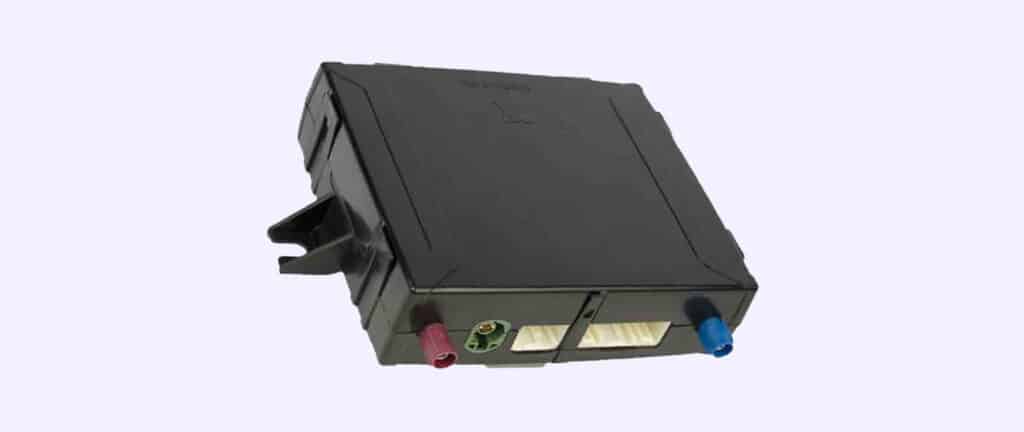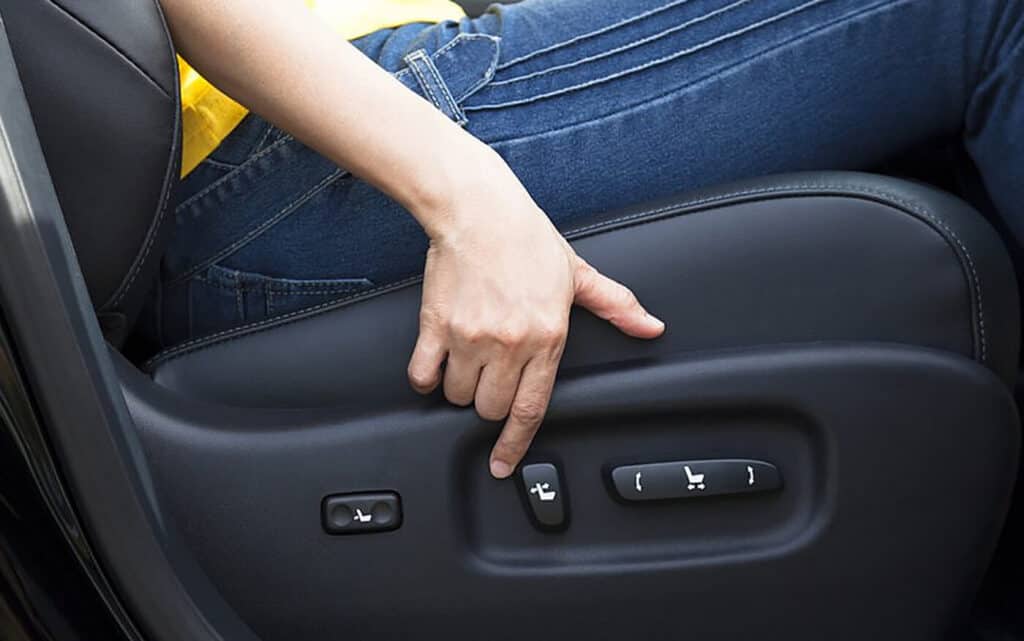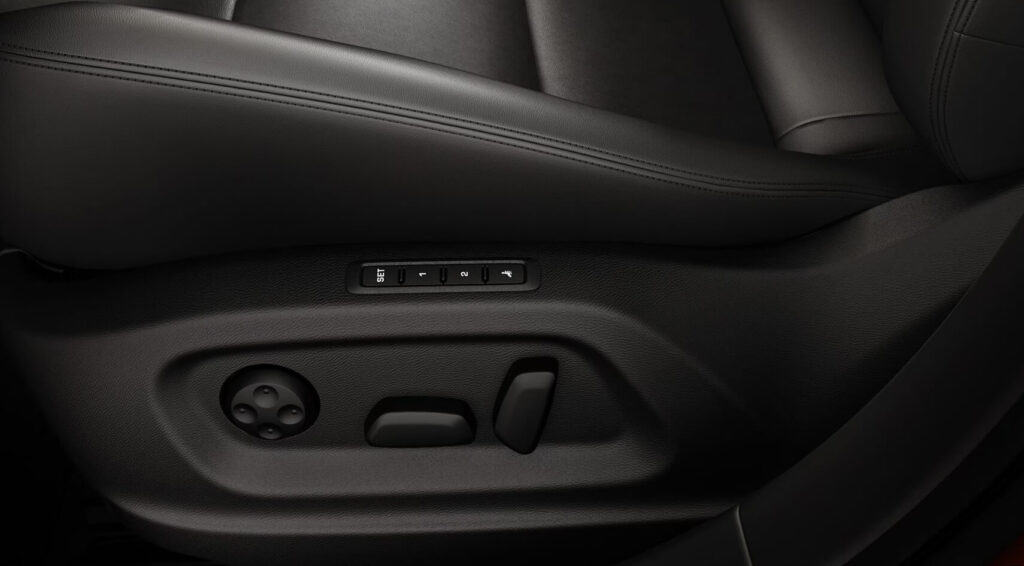Introduction: Ensuring Comfort and Functionality in Your Vehicle’s Seating
A seat control unit is an essential component that ensures the proper functioning of your vehicle’s power seats. In this guide, we will discuss the importance of the seat control unit, the cost of replacement in Canada, and tips for prolonging its life. Let’s dive in!
What is a Seat Control Unit?
A seat control unit is an electronic module that controls the various functions of your vehicle’s power seats, such as adjusting the seat position, lumbar support, and heating or cooling. It receives input from switches or buttons and sends commands to the corresponding motors or elements to perform the desired adjustments.
How Much Will it Cost to Replace a Seat Control Unit in Canada?
• Parts: $200 – $500
• Labor: $100 – $200 (1 to 3 hours)
• Total: $300 – $700
The cost of replacing a seat control unit in Canada can vary depending on the vehicle’s make and model. On average, you can expect to pay between $300 and $700 for parts and labor.

What are the Symptoms of a Faulty Seat Control Unit?
Symptoms of a faulty seat control unit may include:
• Inability to adjust the seat: If the seat control unit is malfunctioning, it may not respond to commands, leaving the seat stuck in its current position.
• Intermittent seat adjustments: A faulty seat control unit can cause the seat to adjust sporadically or unpredictably, making it difficult to find a comfortable position.
• Seat moves on its own: If the seat control unit is sending incorrect signals, the seat may move on its own without any input from the driver or passenger.
• Non-functional seat features: A faulty seat control unit can cause additional seat features, such as seat heaters, cooling systems, or lumbar support adjustments, to stop working.
• Memory function not working: If the seat control unit is responsible for the memory function, a faulty unit may cause the memory settings to be lost or not function properly.
• Error codes or warning lights: A malfunctioning seat control unit may trigger error codes or warning lights on the vehicle’s dashboard or diagnostic system.
• Unusual noises: Damaged or worn-out components in the seat control unit can produce abnormal noises when attempting to adjust the seat.
How Long Does a Seat Control Unit Last?
A seat control unit can typically last for the life of the vehicle, provided there are no issues with the electrical system or other components. However, wear and tear, water damage, or electrical issues can cause premature failure.
How Does a Seat Control Unit Become Defective?
A seat control unit can become defective due to various reasons, including:
• Wear and tear: Over time, the internal components of the seat control unit, such as switches, relays, and circuits, can wear out and fail, leading to a malfunctioning unit.
• Electrical issues: Electrical problems, such as short circuits, blown fuses, or damaged wiring, can cause the seat control unit to malfunction or fail altogether.
• Moisture or water damage: Exposure to moisture or water can damage the electrical components inside the seat control unit, leading to malfunction or failure.
• Corrosion: Corrosion of electrical connections or internal components can cause the seat control unit to malfunction, as it can impede the flow of electrical current.
• Manufacturing defects: In some cases, the seat control unit may have been poorly manufactured, leading to early failure or malfunction.
• Impact or physical damage: Accidents, collisions, or other forms of physical damage to the vehicle can potentially damage the seat control unit, causing it to malfunction or fail.
• Software or firmware issues: The seat control unit may rely on software or firmware to function properly, and issues with these systems can lead to a malfunctioning unit. This could include outdated software, corrupted firmware, or software bugs.

How Can a Faulty Seat Control Unit Affect Other Systems in the Car?
• Loss of seat adjustment: A faulty seat control unit can make it difficult to adjust the seat position, causing discomfort and potentially affecting the driver’s ability to safely operate the vehicle.
• Inability to use seat memory functions: If the seat control unit malfunctions, the seat memory functions may not work, requiring the driver to readjust the seat each time they enter the vehicle.
• Electrical issues: A faulty seat control unit can cause electrical problems in the vehicle, such as short circuits or blown fuses, which may impact other systems.
• Reduced functionality of seat features: A malfunctioning seat control unit can impact the functionality of seat heaters, cooling, or massage features, decreasing overall passenger comfort.
• Increased battery drain: If the seat control unit is constantly drawing power due to a malfunction, it can lead to increased battery drain and potential battery failure.
• Safety concerns: In vehicles equipped with advanced safety features, such as seatbelt tensioners or airbags integrated into the seats, a faulty seat control unit could impact the proper functioning of these safety systems.
Is it Safe to Drive with a Faulty Seat Control Unit?
The symptoms of a faulty power window motor and regulator can include:
• Slow or inconsistent window movement: If the window moves slower than usual or gets stuck at certain points while moving, it could be a sign of a failing motor or regulator.
• No window movement: If the window does not move at all when you press the switch, it may be due to a faulty motor or regulator, or a problem with the electrical system.
• Grinding or clicking noises: Unusual noises when operating the window, such as grinding or clicking, may indicate that the motor or regulator is worn or damaged.
• Intermittent operation: If the window sometimes works and sometimes doesn’t, it could be a sign of a failing motor, regulator, or an issue with the wiring or electrical connections.
• Window falls into the door: If the window suddenly drops into the door, it could mean that the regulator has failed, and the window is no longer supported.
• Uneven window movement: If the window moves unevenly or tilts to one side, it might be an indication of a damaged regulator.
• Burnt smell or smoke: A burnt smell or smoke coming from the door panel can be a sign of a motor that has overheated or failed due to an electrical short.
How Can I Make My Seat Control Unit Last Longer?
• Keep liquids away from the seat control switches and module
• Regularly inspect the wiring and connectors for signs of wear or damage
• Address any issues with the seat control unit promptly
• Avoid overloading the power seat system with excessive force or weight

Can a Mobile Mechanic Replace a Seat Control Unit?
Yes, a mobile mechanic can replace a seat control unit, provided they have the necessary tools and expertise. This convenient service allows you to have the component replaced without having to visit a repair shop.
Conclusion: Seat Control Unit Replacement
A properly functioning seat control unit is essential for the comfort and functionality of your vehicle’s power seats. By following the tips provided in this guide, you can prolong the life of the seat control unit and ensure a comfortable driving experience. Replace a faulty seat control unit promptly to maintain safety and comfort in your vehicle.
Next Steps
Book Your Seat Control Unit Replacement Service
The service most frequently booked by those who read this article is Seat Control Unit Replacement. Uchanics’ expert technicians make the process even more convenient by bringing the service right to your doorstep. We perform this job at your home or office, covering over 40 cities in Ontario, including Toronto, Mississauga, Brampton, Oshawa, Ajax, Scarborough, and more. Our commitment to excellence has earned us more than 700 glowing 5-star reviews. Choose Uchanics for your Seat Control Unit Replacement and experience unparalleled convenience and top-quality service.
